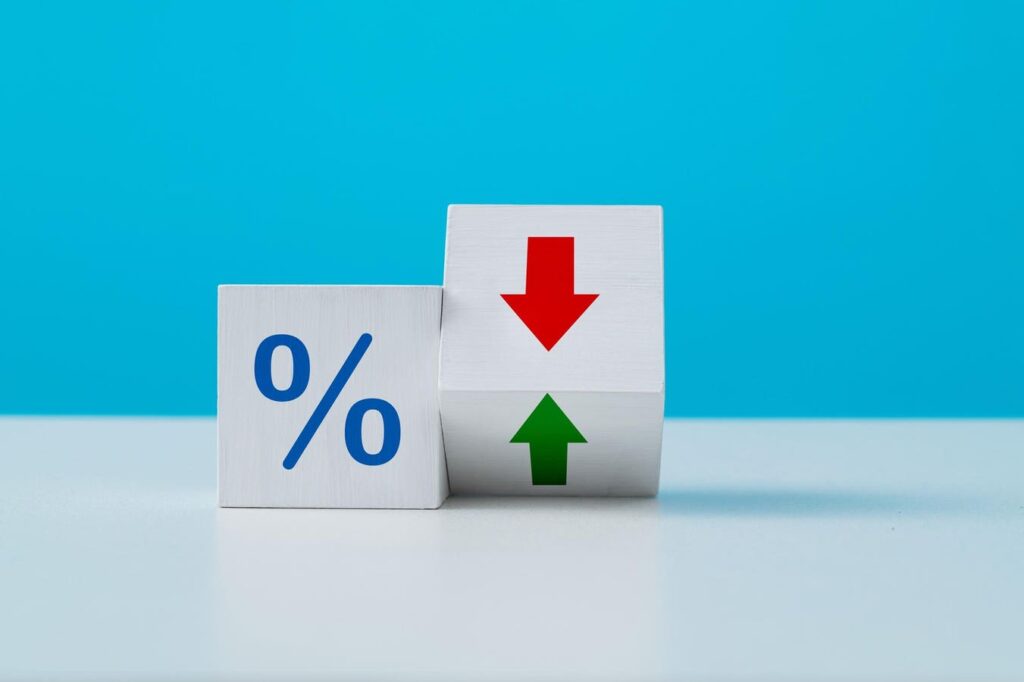Dynamic pricing, once limited to airlines and hotels, has now spread across industries like retail, ride-sharing, entertainment, and subscriptions. This real-time model adjusts prices based on market conditions, using algorithms to respond to changes in demand, supply, and customer behavior. Machine learning helps companies analyze factors such as consumer habits, competitor prices, and inventory levels, allowing them to react quickly to shifts. While this approach boosts revenue and keeps businesses competitive, it also raises concerns about fairness when prices spike during periods of high demand. Businesses must balance profit with fairness to maintain customer trust when adopting a dynamic pricing approach.
Dynamic pricing has proven to be a game-changer across industries. In entertainment sector, platforms like Disney change ticket prices based on anticipated demand, with higher prices during peak seasons such as holidays and weekends. Similarly, In fast fashion, Zara uses dynamic pricing to manage inventory and meet customer demand.
Where We See It Today
Technology has made dynamic pricing more accessible and effective for businesses of all sizes. These technologies enable companies to collect vast amounts of consumer data and analyze it in real-time to make instant pricing decisions. Here’s how technology is driving dynamic pricing across industries:
1. Disney: Dynamic Pricing for Crowd Control
Fintech is also at play in physical spaces like theme parks. Disney uses dynamic pricing models to manage crowd levels at its parks, adjusting ticket prices based on anticipated demand. For example, tickets are more expensive during holidays or weekends when demand peaks, and lower on off-peak days. The goal? Smooth out attendance patterns and maximize revenue.
This pricing strategy helps improve the guest experience by reducing overcrowding during peak periods and optimizing park attendance during slower times. By adjusting prices in real time, Disney finds a balance between keeping visitors happy and running the park efficiently. It also lets Disney allocate resources like staff and amenities better, keeping operations smooth even as visitor numbers change. Additionally, this approach offers budget-conscious guests a chance to plan visit during less expensive, off-peak days, making the parks more accessible while still maximizing overall revenue.
2. Zara: Dynamic Pricing for Inventory Optimization
Zara’s dynamic pricing strategy is driven by real-time data analysis, allowing the fast fashion giant to adjust prices based on demand, inventory levels, and geographic factors. By continuously monitoring sales performance and customer behavior, Zara can increase prices for high-demand items or lower prices for products that aren’t selling as quickly. This real-time responsiveness helps the company maintain high turnover rates while minimizing the need for traditional sales or deep discounts. Zara’s pricing strategy also takes geographic variation into account, adjusting prices based on local market conditions and consumer purchasing power, ensuring they remain competitive globally.
In addition to its data-driven approach, Zara integrates both its online and in-store sales channels to fine-tune pricing. For example, if a product is selling better online than in physical stores, Zara may adjust prices accordingly across channels to optimize sales and move inventory efficiently. By continuously introducing new products in small batches, Zara further enhances its dynamic pricing strategy, capitalizing on the novelty of new collections while lowering prices strategically to clear out older items. This approach helps balance profitability with demand, ensuring a flexible and efficient pricing model that maximizes revenue.
Building An Effective Dynamic Pricing Strategy
As more companies embrace dynamic pricing, creating an effective strategy is key to capitalizing on its benefits. However, implementing a successful dynamic pricing model requires careful planning, the right technology, and a clear understanding of your business.
To build an effective dynamic pricing strategy, businesses must first understand their market and customer segments. This involves analyzing consumer behavior, demand patterns, and the competitive landscape. With this, companies can adjust prices to different customer needs. Leveraging data analytics and AI is key—real-time data collection and machine learning algorithms enable predictive adjustments, helping businesses optimize their pricing based on demand and competitor behavior. Setting clear pricing rules is essential to meet customers expectations, especially during peak demand. Monitoring competitor pricing in real-time and running A/B tests can improve dynamic pricing models. This keeps businesses competitive and responsive to market changes.
Transparency is key to building trust between businesses and their customers. When customers understand how and why prices change, they are more likely to feel confident in their purchases and remain loyal to the brand. Businesses can improve transparency by explaining how dynamic pricing works and its benefits, like better resource use and availability during peak times. They can share this through blogs, FAQs, or in-app tutorials to help customers understand price changes. Regularly reviewing and adjusting the strategy based on market shifts keeps the dynamic pricing model fair, relevant, and effective for both businesses and customers.
Ethical considerations should be part of the conversation. While dynamic pricing boosts profits, companies must ensure their strategies do not alienate or unfairly disadvantage consumers, especially during critical times like natural disasters or emergencies. Implementing ethical guidelines, such as capping price increases in sensitive situations, can prevent backlash and maintain a positive brand image.
Read the full article here

